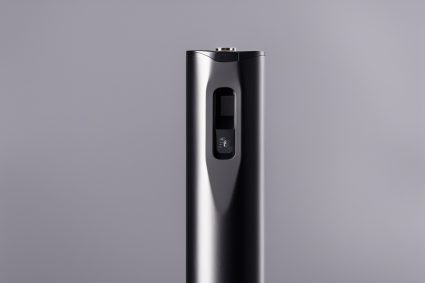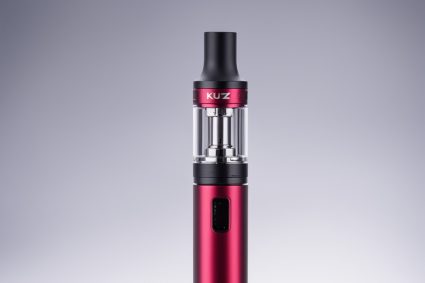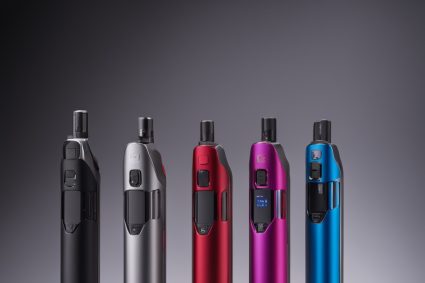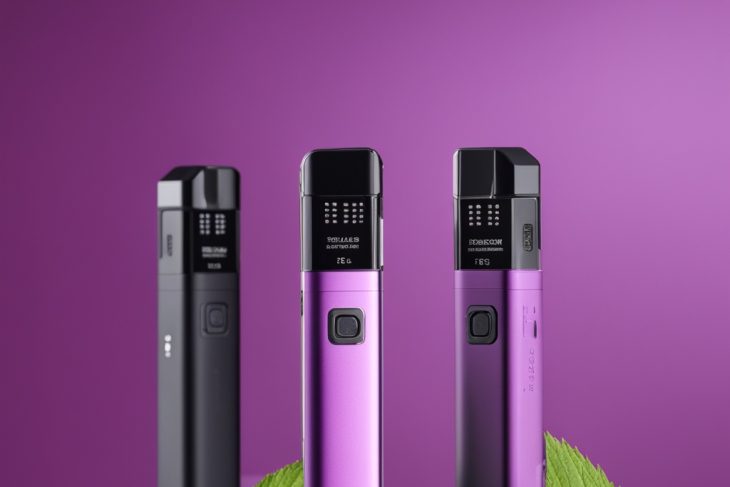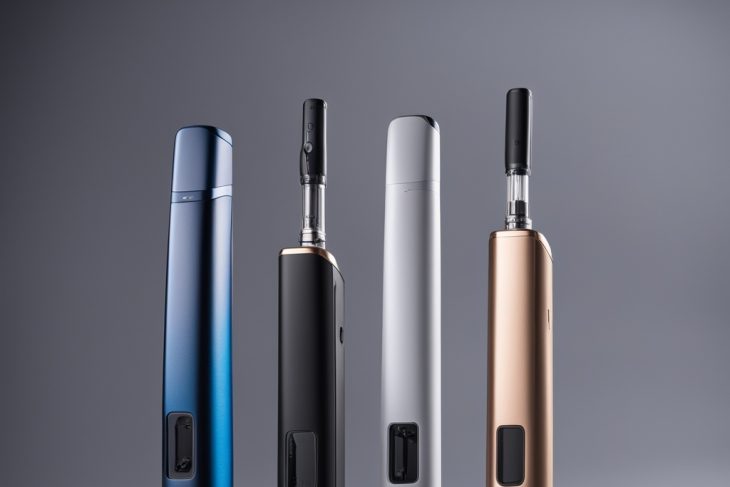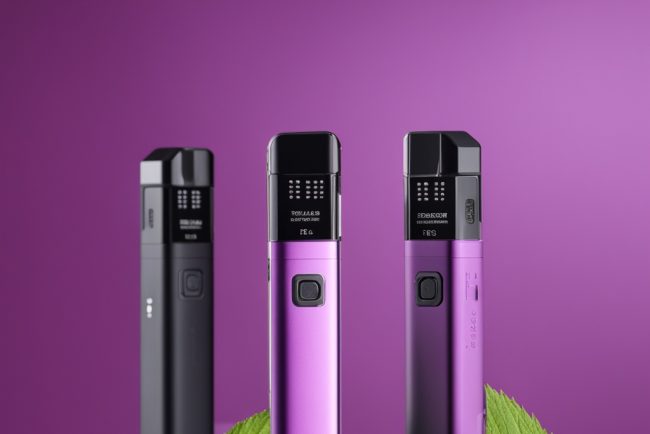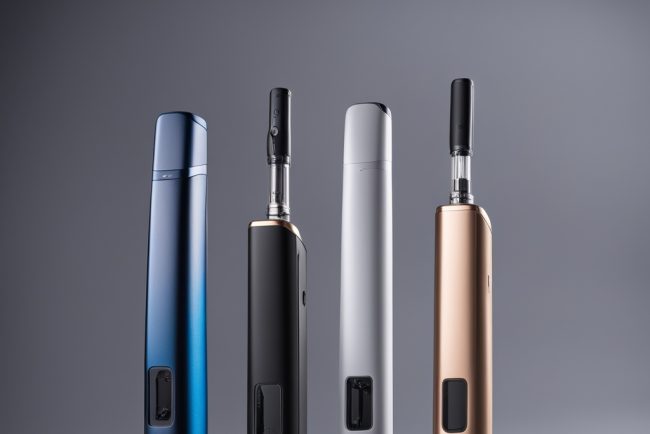
Big Vapes: The Evolution and Impact of Modern E-Cigarettes
The rise of Big Vapes has transformed the smoking landscape, offering alternatives to traditional cigarettes. But what makes these devices so popular, and are they truly a safer option? This article dives into the technology, culture, and controversies surrounding large-scale e-cigarettes, exploring their role in public health and consumer trends.
The Rise of High-Capacity Devices
Modern e-cigarettes have evolved far beyond their early counterparts. Today’s high-capacity vaporizers feature advanced coils, customizable settings, and extended battery life. These innovations cater to users seeking longer sessions and richer flavors. But how do these changes affect nicotine intake? Studies suggest that larger devices may deliver higher doses, raising concerns about addiction potential.
Health Debates: Harm Reduction or New Risks?
Proponents argue that Big Vapes reduce harm by eliminating combustion-related toxins. However, critics highlight unknowns about long-term effects. Key questions include:
- Are e-cigarettes truly safer than smoking?
- How do flavor additives impact respiratory health?
- Could widespread use normalize nicotine addiction among youth?
While some countries embrace these devices for smoking cessation, others impose strict regulations to curb underage access.
The Cultural Phenomenon of Cloud Chasing
Vape culture has spawned communities dedicated to “cloud chasing”—competitions to produce the largest vapor clouds. Enthusiasts invest in high-performance mods and artisanal e-liquids, turning vaping into a hobby. Yet, this subculture faces backlash for glamorizing nicotine use. Is it possible to balance creative expression with responsible consumption?
Regulatory Challenges and Industry Responses
Governments worldwide struggle to regulate Big Vapes. Australia, for instance, requires prescriptions for nicotine-containing products—a policy sparking debate. Meanwhile, manufacturers advocate for “reasonable oversight” while opposing flavor bans. How can policymakers protect public health without stifling innovation? The answer may lie in targeted restrictions and improved education.
Environmental Concerns: Waste and Sustainability
Disposable e-cigarettes contribute to plastic pollution and lithium battery waste. Brands now promote recyclable components and refillable systems, but adoption remains slow. Consumers face a critical question: Can the industry prioritize sustainability without sacrificing convenience? Without systemic changes, environmental costs could overshadow perceived health benefits.
The Future of Big Vapes: Innovation or Regulation?
Emerging technologies like heat-not-burn systems and nicotine salts aim to refine user experiences. However, these advancements collide with tightening laws. Will the next generation of Big Vapes prioritize safety and sustainability, or will market demands drive further controversy? The industry’s path forward hinges on transparency, research, and collaboration with health experts.
Frequently Asked Questions
Are high-capacity devices more addictive?
Potentially. Larger vaporizers can deliver nicotine more efficiently, increasing dependency risks. Moderation and nicotine-free options are recommended for casual users.
How do Australian laws compare globally?
Australia’s prescription model is among the strictest, contrasting with the U.S.’s flavor restrictions and the UK’s embrace of vaping for smoking cessation.
Can vaping help quit smoking?
Evidence is mixed. While some succeed, others transition to dual use. Medical guidance improves outcomes, but individual results vary widely.
As Big Vapes continue to shape habits and policies, users must weigh personal choices against broader implications. Whether these devices represent progress or peril depends on science, regulation, and societal values.

